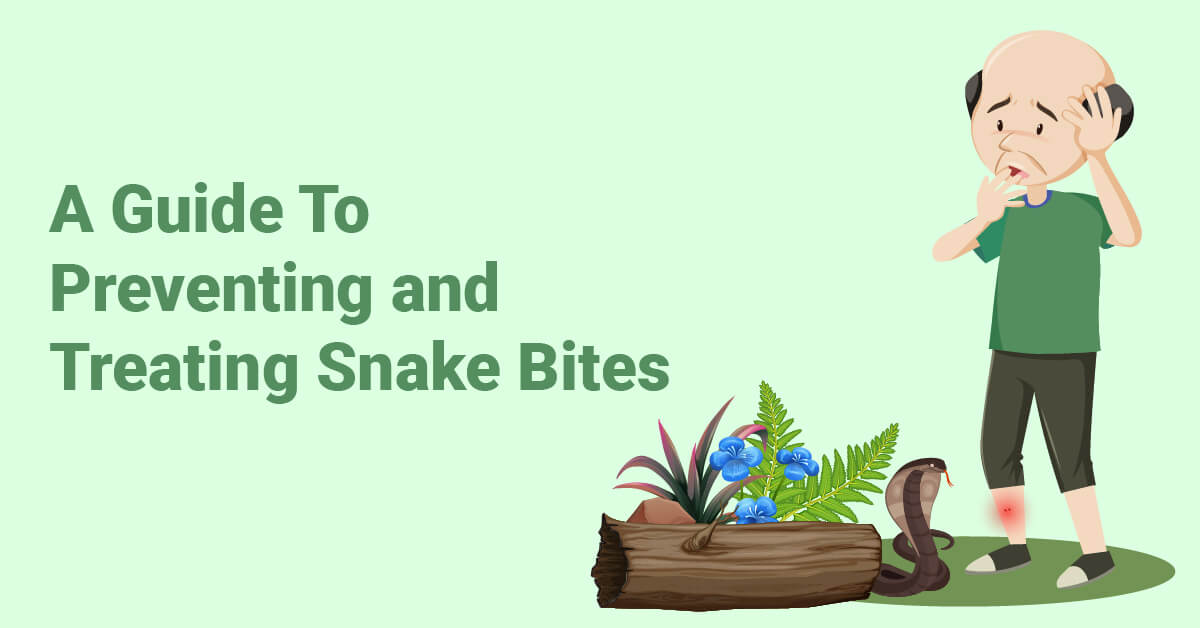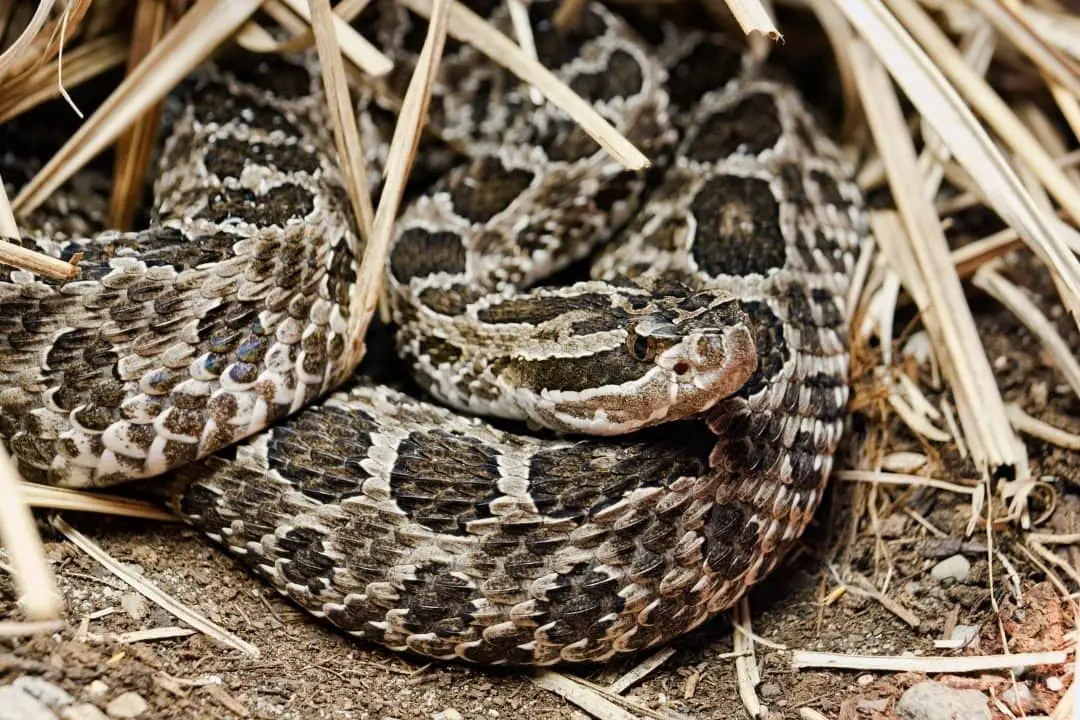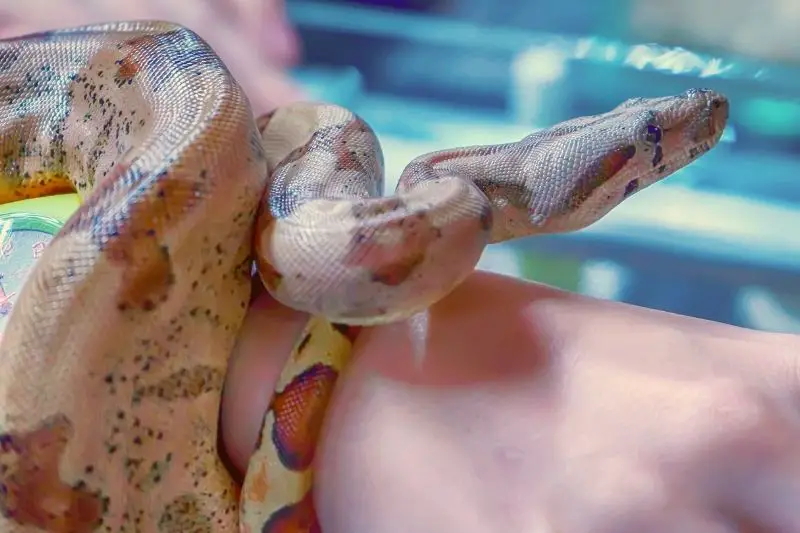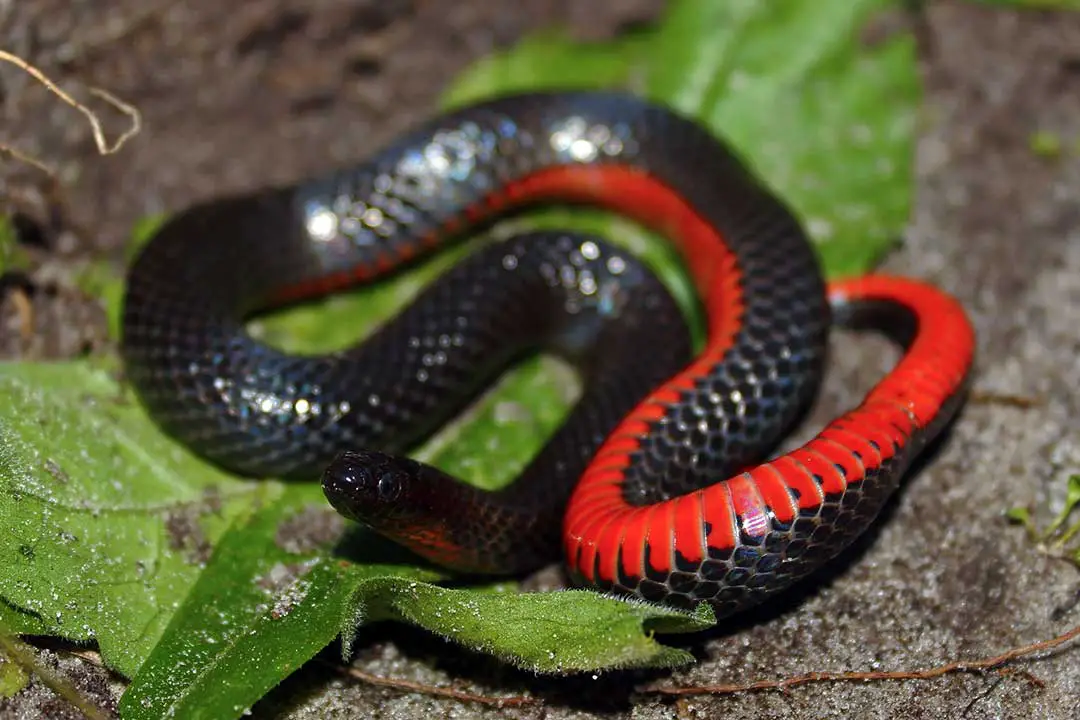Most countries around the world have venomous snakes that can do serious harm to any they bite. This is why it’s super important to know how to prevent yourself from being attacked when you’re in the wilderness.
If the worst does happen, you should keep this page bookmarked so you know how to identify the snake bites and how to treat the wound before heading to your nearest hospital.
In this article we will make you aware of the 2 different types of snake bites, 5 different types of venom as well as common mistakes that people make when trying to self-treat.
This should be your one-stop shop to safely navigate a snake bite.
What Are Snake Bites?
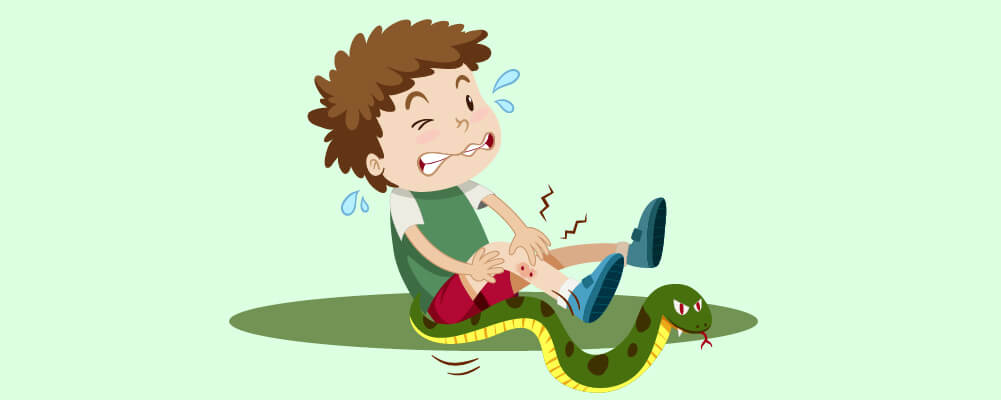
Snakes will bite a person for two reasons, they consider you as prey or they are trying to defend themselves.
The likelihood of a snake seeing a human as prey is low. The snake would have to be massive, like a Python or be hunting a small person, like a child.
This means that most snake bites come from being frightened in the encounter. Scaring a snake isn’t always done on purpose, and seeing a snake bite doesn’t mean you have evidence of an animal abuser.
It is more likely that a person has wandered into a snakes domain and disrupted their home without realising.
Not all snake bites are venomous, and not all venomous bites are the same.
You may have seen through TV shows and movies that hospitals need to know the snake to understand what antivenom to give their patient, and that is true, however each venom tends to fall into 5 categories.
Types of Venom
When medical staff look into antivenoms they will either use the name of the snake given, or study the wound to determine the type of venom that was used. To a professional, these wounds are vastly different and need wildly different treatments to cure.
Although we will be explaining the differences, we doubt that a non-professional will be able to point them out in a dire situation.
Cytotoxins
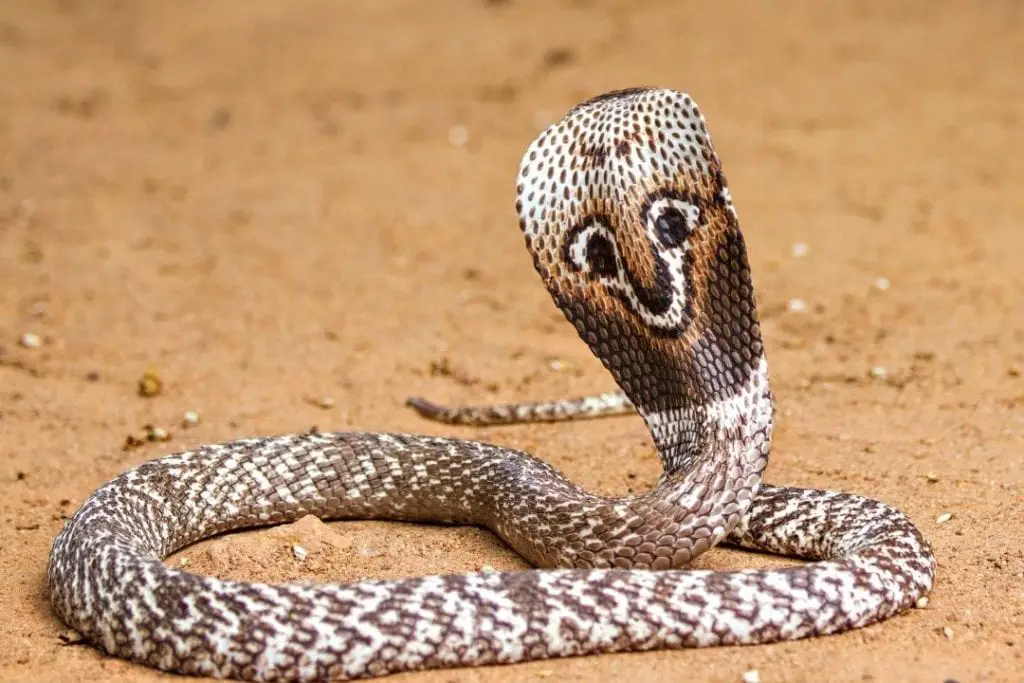
Cytotoxin is also known as Cardiotoxin. They are the venom type used by snakes that are part of the elapid family. These snakes tend to be slender and small, and they include cobras, sea snakes, and mambas.
When the elapid family of snakes releases its cytotoxin venom into you, you can expect swelling around the bite area and tissue damage.
If left untreated, the venom can cause muscle deterioration.
When you receive antivenom for cytotoxin, you can expect difficulty breathing, reddened skin, and swelling around your face. You may also experience inflammation in glands and joints.
Haemorrhagins
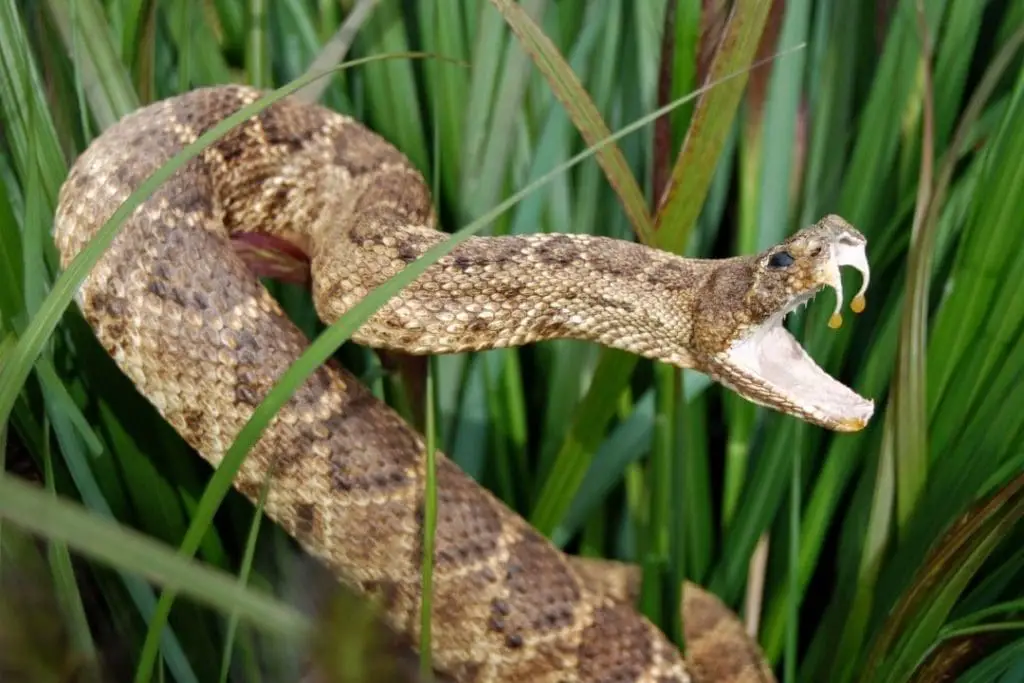
Rattlesnakes are among the most common snakes to have haemorrhagin venom. This type causes blood vessels and cells to deteriorate, creating hemorrhages inside the tissue.
Some studies have also found that haemorrhagin venom (also spelled hemorrhagin) has caused spontaneous bleeding when left untreated.
If monitored, the patient should be able to recover from the bite, but you should always be wary of any new bite mark.
Anti-Clotting Agents
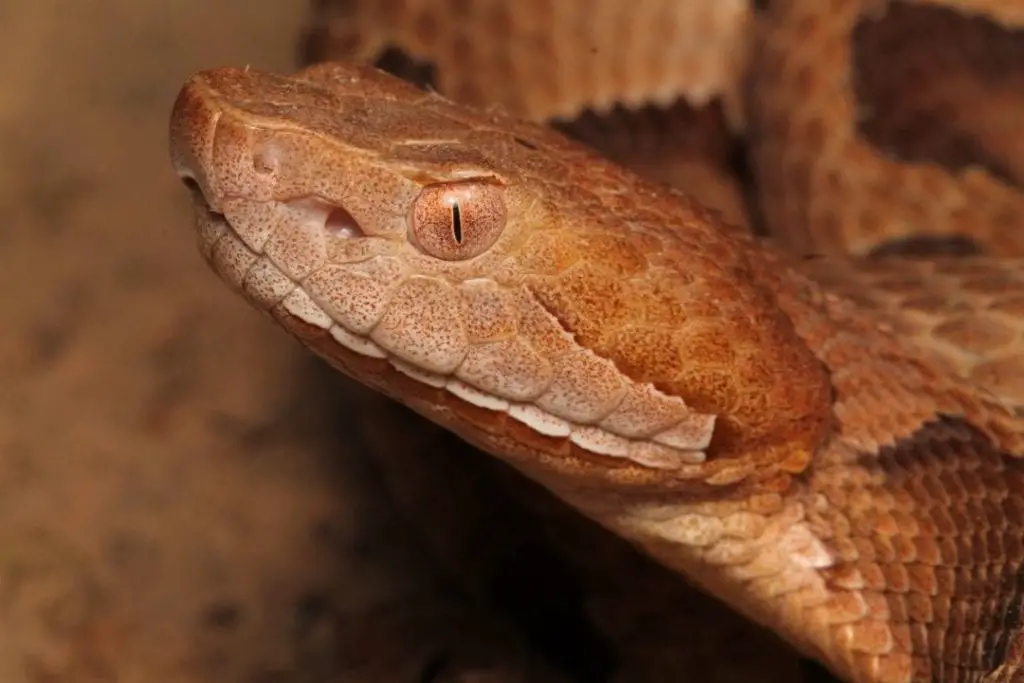
Also found in elapid snakes, anti-clotting venom prevents the victim’s blood from creating a barrier. This means that, unless treated, the blood flow will continue to pump until the body can remove the venom or until there is no blood left.
This type of snakebite can be the most deadly, as, without treatment, your body will find it hard to fight the venom.
In positive news, scientists have found that the venom (mixed with stabilizing drugs) can be used to help people with blood clotting illnesses. The anti-clotting nature breaks down the piles of blood that could have led to heart attacks and strokes.
This fantastic achievement has turned this deadly toxin into a life-saving medicine.
Neurotoxins
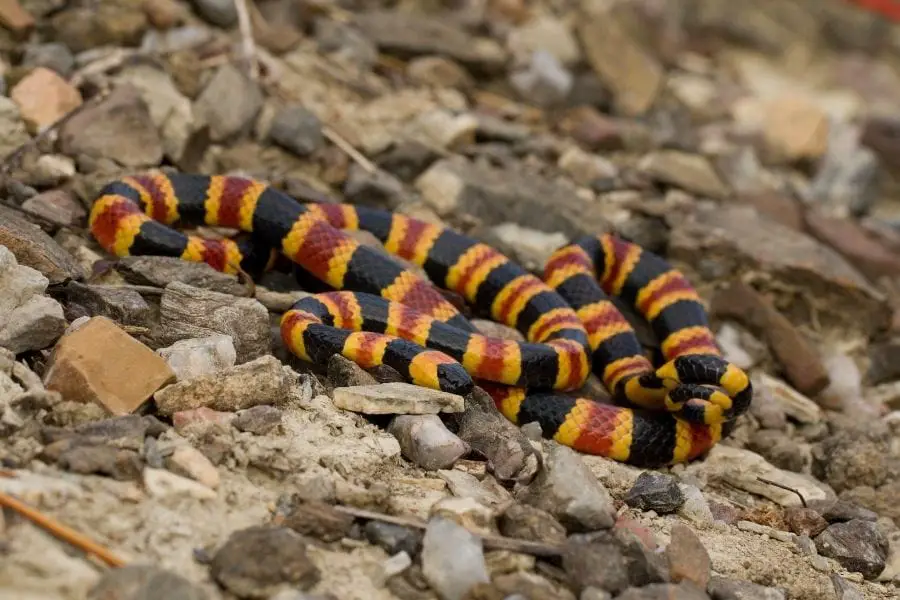
Neurotoxins are venom types that affect your brain and nervous system. This means it could cause paralysis and strokes.
Paralysis is when your body is unable to move its muscles voluntarily, usually because the nervous system has been disconnected from your brain’s network.
The types of snakes to have this type of venom are usually Proteroglyphs or snakes with short front fangs, and again they fall into the elapid snake family.
Myotoxins
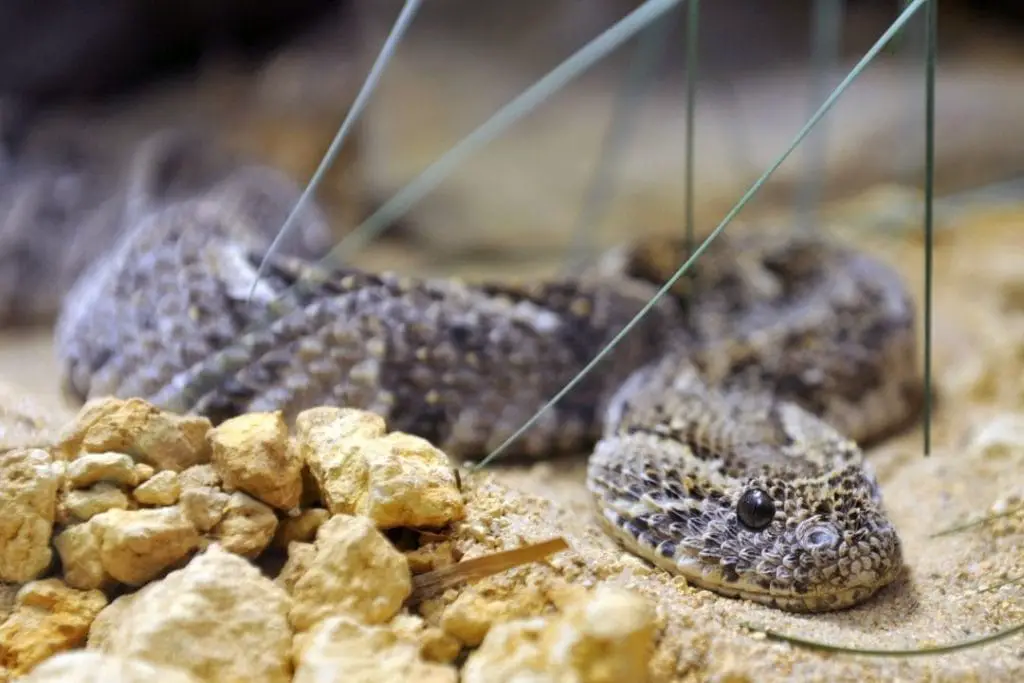
Snakes whose venom contains myotoxins are probably the most dangerous. These toxins break down muscles, and depending on the snake, they can do this in a localized area or allow the venom to spread throughout their victim’s body.
The effects of Myotoxin can be seen within hours. Between 1 and 3 hours of the bite, you can see early stages of deterioration in the muscles, and after 3 to 6 hours, the widespread version of the toxin can affect brain muscles.
From 6 to 24 hours, the victim’s muscles may be so affected that they could pass away.
It is because of Myotoxins that all snake bites should be treated urgently.
Types Of Snake Bites
Despite all of these scary venom types that can help a snake catch their prey, not all snakes will bite with venom.
Dry Snake Bites
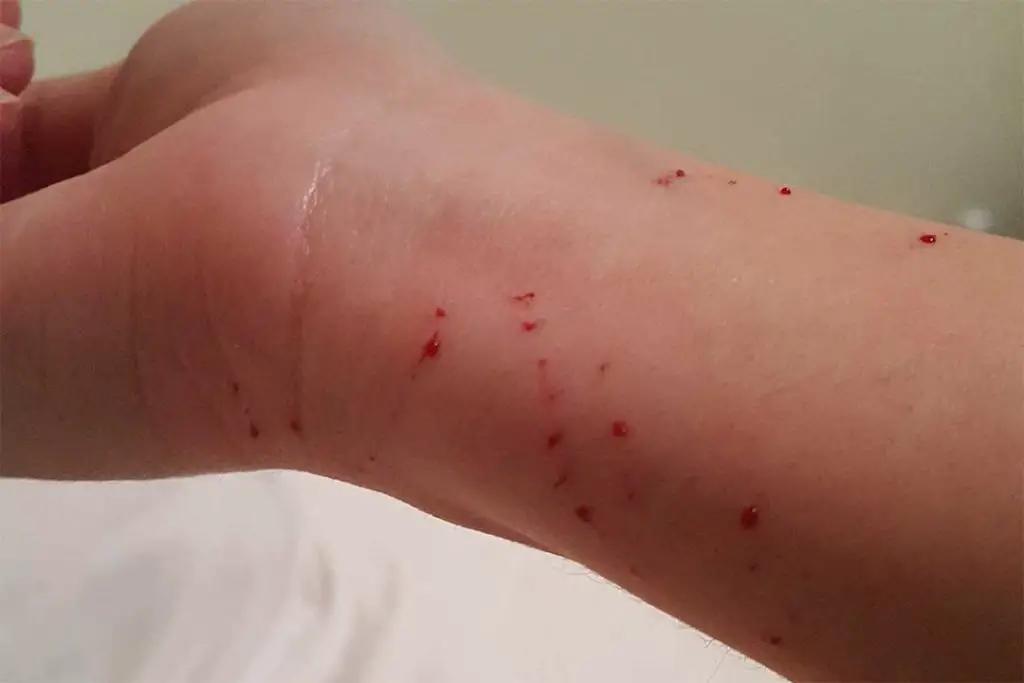
Snakes that bite without venom are called “dry.” Pet snakes are often considered dry, which is why they are legally allowed in a person’s home.
As they don’t release any venom in a bite, their attacks will not be as deadly as their venomous counterparts.
That being said, a dry bike can still lead to infection or can carry diseases; for that reason, you should get the wounded area looked at by a medical professional.
Venomous Snake Bites
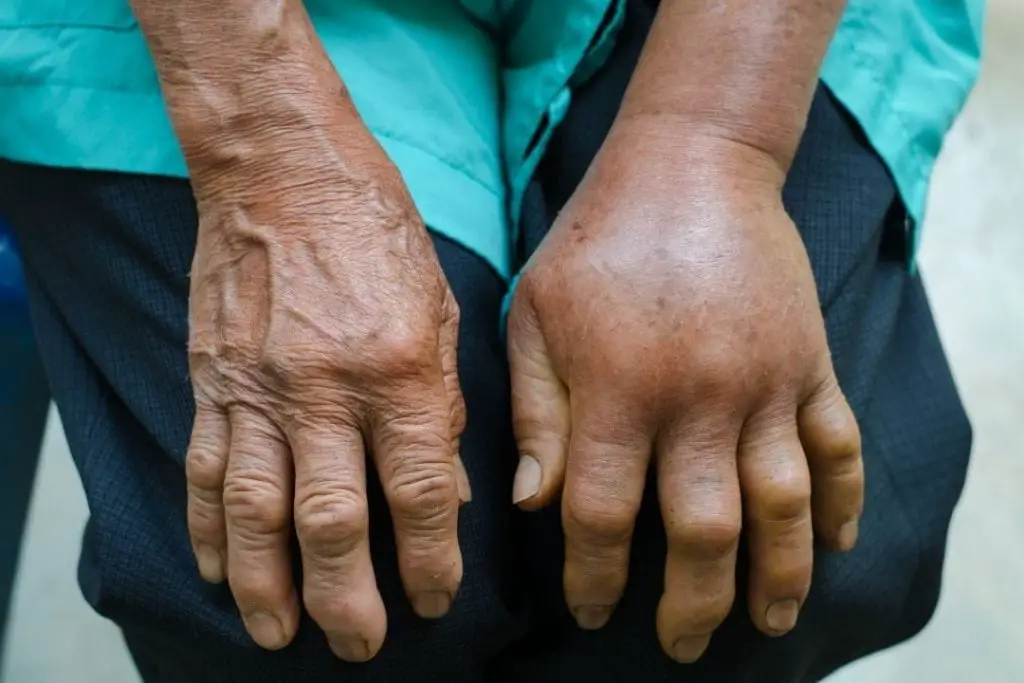
Snakes with venomous bites often have a lot of control over their liquid sacks. This means they can hold back on the venom and even produce a mild amount of toxins. Because of this, only 50% to 70% of venomous snake bites result in acute poisoning.
That being said, if you notice just a drop of venom being produced from a snake, do not be misled. Depending on the species and, therefore, the type of toxin, a single drop could be deadly.
In all scenarios, snake bite wounds should be treated by a medical professional.
How Common Are Snake Bites?
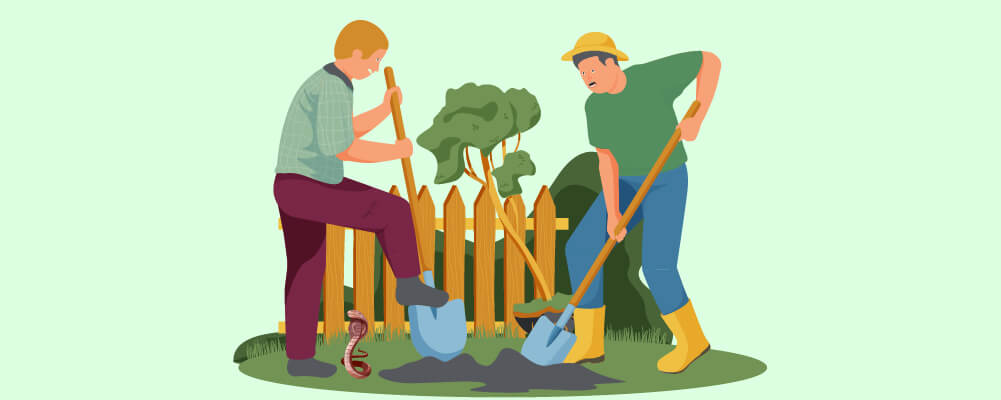
The answer to this question changes depending on which country you are in.
In the U.S., snake bites are uncommon, but when they do happen, they are unlikely to be fatal.
In the U.K, snake bites are almost non-existent, as there are only 4 types of snakes in the wild. Only one of those 4 (the Adder) is venomous, and it is super unlikely to kill you.
The very few people that have died from an Adder bite had an allergic reaction, and again that is super rare.
If you lived in Australia, however, the situation is vastly different.
The World Health Organization estimates that 4.5 million and 5.4 million people get bitten by a snake every year around the world. Of that number, only 1.8 million to 2.7 million will develop an illness. And of those people, only 81,000 to 138,000 will die.
To put this into percentages, around 0.0006% of people will get a bite from a snake per year, and of those people, 0.02% will not survive.
The world odds are low, but each country will have its own figures.
Symptoms Of Snake Bites

Unfortunately, there is not just one symptom to prove a snake has bitten you. As each snake will have their own venom, the symptoms will present themselves in different ways.
If you think you have been bitten by a snake but are unsure, you should go to a hospital. Do not risk your health on chance, as fast treatment could save a life.
If you need a little more encouragement, here is a list of what your symptoms could look like. You could have all or just some of these issues if a snake has bitten you.
1. Bite Marks On Skin
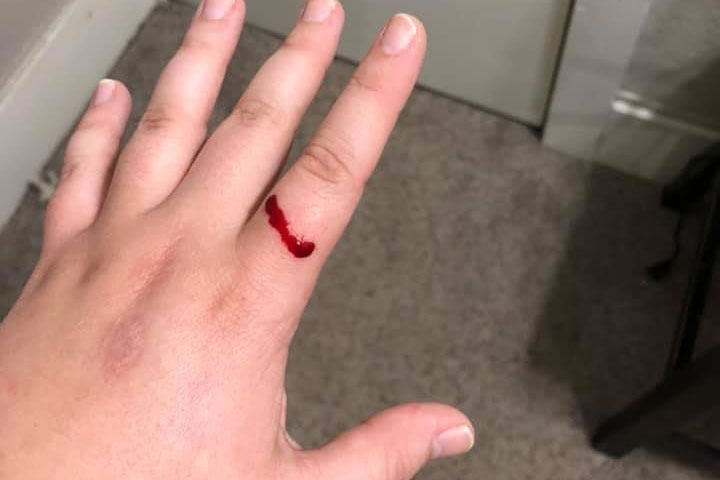
This may seem obvious, but the first sign of a snake bite is the marks themselves.
However, unlike a vampire mark, the wound may have become swollen or started to redden. This means that finding the bite marks might be difficult.
The bites will likely be in the shape of a slit or a hole. The difference depends on the snake’s fangs and their success in gripping your body part.
If you cannot find a bite mark, this doesn’t mean you were never bitten; instead, the marks could be unrecognizable or too swollen to confirm.
Regardless of whether the bite was dry or venomous, you will likely have this symptom.
2. Sharp And Burning Pain
Around the area in question, you may start to feel a sharp pain that is either constant or moving in slow pulses. This could mean that venom has entered your bloodstream, and your body has recognized a problem.
As your body starts to reject this invasive fluid, it will inflame and “burn” off the venom by raising your temperature. Even though your body is fighting off the reaction, it doesn’t mean it will succeed. You will need help to reject the venom.
The same goes for the other direction.
If you cannot feel a painful or burning sensation, this doesn’t mean you are out of the woods. Coral snakes, for example, have an almost painless bite, but they are still deadly.
Some people may only feel these effects hours after their bite. You may also notice the pain traveling through your body, for example, from your forearm to your armpit or from your foot to your crotch.
This doesn’t necessarily mean that the venom has reached that far up your body yet, however it cannot be dismissed.
3. Redness And Swelling
We have already touched on the symptoms of redness and swelling, but the effect could appear in areas around your body and not just the bite marks.
If you have been bitten by a snake with myotoxins, for example, the deterioration effect could have knock-on issues with other parts of your body.
4. Abnormal Blood Clotting And Bleeding
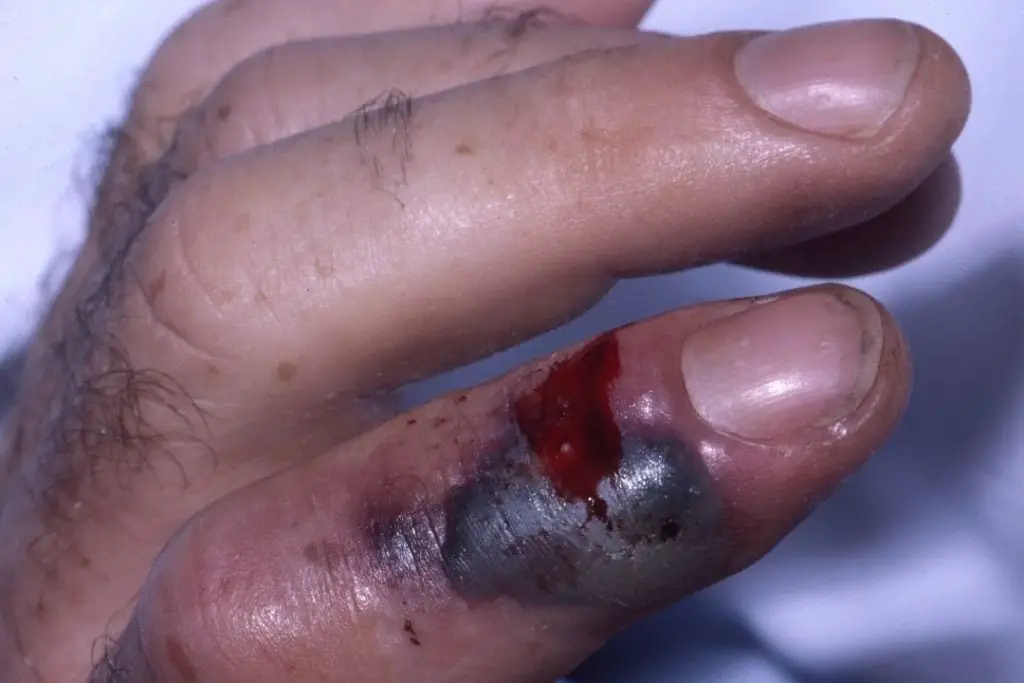
If you notice a small wound won’t stop bleeding, then this could be a hint that you have been bitten by a snake with anti-clotting venom. If you leave this type of illness for too long, then you can lose too much blood, become dizzy, and pass out.
If no one is around to help you, this could become a fatal situation. This is one reason why national parks around the world suggest hiking with a buddy. If the worst happens, at least you have a friend to help you reach safety.
However, if you notice that your blood is clotting too much (like a menstruation cycle on a heavy day), then this could be your body trying to smother a different venom type.
Again if left untreated, this could lead to hemorrhaging or even kidney failure.
5. Low Blood Pressure
If you start to feel dizzy or faint and notice that your heart rate has increased without due reason, then you may be experiencing low blood pressure.
Low blood pressure could be a secondary symptom after losing too much blood, as we said in symptom 4. However, there could be another reason too.
If your body is working hard to fight off venom in its system, then it could have used up all of the nutrients from its body. This means that the sugar you naturally ate for your day has been depleted, and your body is running low.
6. Vomiting & Nausea
Vomiting, Nausea, and Diarrhea are all signs that your body is trying to eject something negative out of your body.
If you find yourself being sick, you need to rehydrate and call an ambulance. Your body will continue to eject the toxins until it is clear again, however in doing so, you will become weak.
7. Finding It Hard To Breathe
Difficulty breathing could be an indication that your body is going through an anxiety attack. It could also mean that your body is fighting the venom so hard that it needs more oxygen than you can give.
Either way, heavy breathing can be a symptom of many illnesses and should be treated quickly.
8. Increased Sweating
As your body burns up, trying to raise your temperature to become inhospitable to the venom, it will also try to cool you down as a reflex. This could mean that you don’t feel hot in yourself, but when touched, notice how warm your own skin is.
As the increased sweating is cooling you down, you could be unaware of your other symptoms.
9. Numbness In Muscles
Having numbness in your muscles is an unusual feeling that can be hard to describe in the moment. Legs moving like jelly and your body swaying from vertigo.
The cause of this may be from neurotoxins affecting your nervous system. If you notice these symptoms, sit down, drink water and call an ambulance.
How To Treat Snake Bites

If you believe you have been bitten by a snake, the first thing you should do is contact an ambulance or head towards a medical professional. That being said, if you are on a hike and need to walk back to suitable ground first, there are a couple of ways to protect yourself as you wait for medical staff.
Remove Jewelry
Regardless of where the bite was, your body may begin to swell. To stop additional injuries from occurring, you should remove all jewelry that cut in your skin. This includes watches, rings, bracelets, and tight necklaces.
Even if this jewelry is far away from the bite area, you should air on the side of caution and save yourself from further aggravation.
Elevate The Affected Area
Ideally, you should lift the area to around 45 degrees, and keep it straight. If the arm or leg was bent, then the fluids will begin to accumulate in your body. When laid straight, the pressure is released. This method will help prevent long lasting tissue damage, as the hydrostatic pressures have been reduced.
If you are worried that raising your limb will cause an escalation of venom through your body, you should be comforted by the knowledge that this is unlikely to happen. You are more likely to suffer from inflammation than the venom itself.
Cover The Bite With A Clean, Dry Bandage
To stop the area from becoming infected, you should clean up any dirt or blood around the wound. Next, you should apply pressure to the bite site and bandage the wound with a dry and clean material. Wrap the wound up tightly, so the pressure continues.
If a limb was bitten, bandage the entire arm or leg to stop it from subconsciously moving.
If you move the bitten limb too often, it will pump blood faster, meaning the venom could reach your heart faster.
Remain Calm And Avoid Moving Around Too Much
Not only will moving cause the venom to travel through your body faster, but it will also use your body’s vital energy. That energy should be preserved to fight off the venom until the ambulance arrives.
Keeping calm will also help regulate and slow down the movement of your body. Panicked mentalities will cause a surge in blood pressure, which will allow the venom to move further around the body.
Of course, a lot of what we have said is not calming. As you read this, remember that only 0.02% of people bitten will not survive the encounter, which means that 99.98% will make it through this scary experience.
Keep that figure in mind as you wait for help.
What Not To Do When Bitten By A Snake
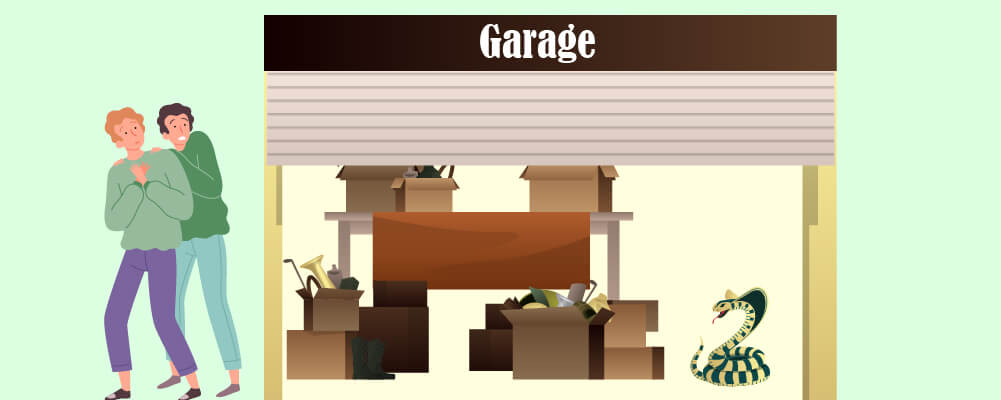
There are a lot of myths circulating about how to handle a snake bite. No matter what you have heard, do not do any of the things below.
Don’t Pick Up The Snake
You might be tempted to pick the snake up to get a better view of the culprit and, therefore, their venom type to show to a medical professional.
Do not do this.
If you pick up the snake, you may get bitten again, making the changes of long-term medical illness greater.
Instead, move far away from the snake and the area where you were bitten.
Don’t Cut Into The Wound
Cutting into the wound could lead to further infection.
Even if you sterilize the knife, the knife could then cut into a damaged vein, causing another issue for you to deal with.
Instead, simply clean the area and wrap it up tight.
Do Not Apply A Tourniquet
A tourniquet is either a homemade device or a pre-bought one that you tie around a limb and tighten. The idea is to apply pressure onto the area and stop or limit the flow of blood.
It might seem wise to use this technique, as the venom in the blood will be cut off from the rest of your body, however, all you will be doing is isolating the venom into the limb, which could result in permanent damage or even disfigurement.
The second reason to avoid this is because when the medical professionals have to loosen the tourniquet to save the limb, the venom could then be propelled into the bloodstream much faster.
Tourniquets should only be used to stop blood loss, like from a shark bite. If you are already losing the limb, then it makes sense, otherwise, avoid the tourniquet.
Don’t Try To Suck Out The Venom
Old action movies taught a whole generation to suck out the venom from a snake bite, but in reality, all you will do is capture blood and probably swallow it too.
If you did manage to capture the venom, you will likely harm your mouth and even swallow the venom giving it easier access into your body and bloodstream.
In the process, you will also damage your nerves and possibly break blood vessels.
Don’t Apply Ice Or Submerge The Wound In Water
If the area around the bit is surging with heat from the inflammation, it might feel tempting to cool down the wound or even submerge it in water.
However, your body needs that hot temperature to kill off as much of the toxins as it can. If you cut off this layer of defense, your body will deteriorate faster than before.
You may think this contradicts our early statement to clean the wound, but the issues are separated.
Cleaning the wound will stop infections from forming; you can do this with warm water and a cloth.
Putting the wounded area completely underwater to cool would last too long and ignores the cleaning aim.
You are allowed to clean the wound and are encouraged to do so.
Don’t Drink Caffeine Or Anything Alcoholic
Again, you might be tempted to drink alcohol to numb the pain, however, this drug will give your body another thing to fight and protect itself from in a time where every piece of energy counts.
Don’t give your body too much to do, as alcohol is another type of poison it doesn’t need.
The same goes for Caffeine. Caffeine is a drug found in coffee, and it will force your body to move faster. You don’t want this fast action in a time where your body is trying its hardest to battle a toxin.
Don’t Take Any Painkiller Medications
This last piece of advice will be a hard pill to not swallow. Painkillers can affect venom in various ways, not all of which have been closely monitored.
To make sure you don’t create a secondary problem for your body to deal with, you should avoid all pain-killing medications.
In some cases, the medicine does nothing to the patient. In others, it reduces the much-needed inflammation, and some studies have even found an increase in the toxin spreading.
Precautions To Take To Prevent Snake bites
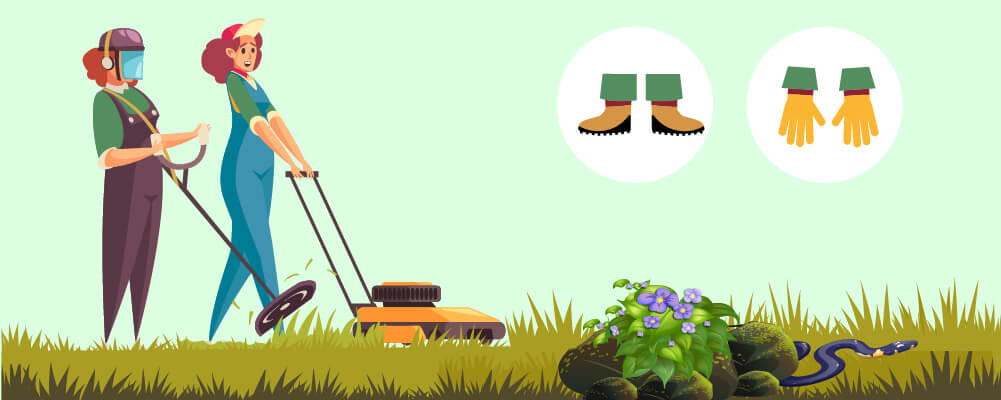
If you are about to take a trip or begin a hike where snakes are common, the best thing to do is prepare to avoid these dangerous animals. Prevention is the most effective way to have a safe journey.
Here are some tips to keep you safe.
Be Careful Where You Put Your Hands, Feet
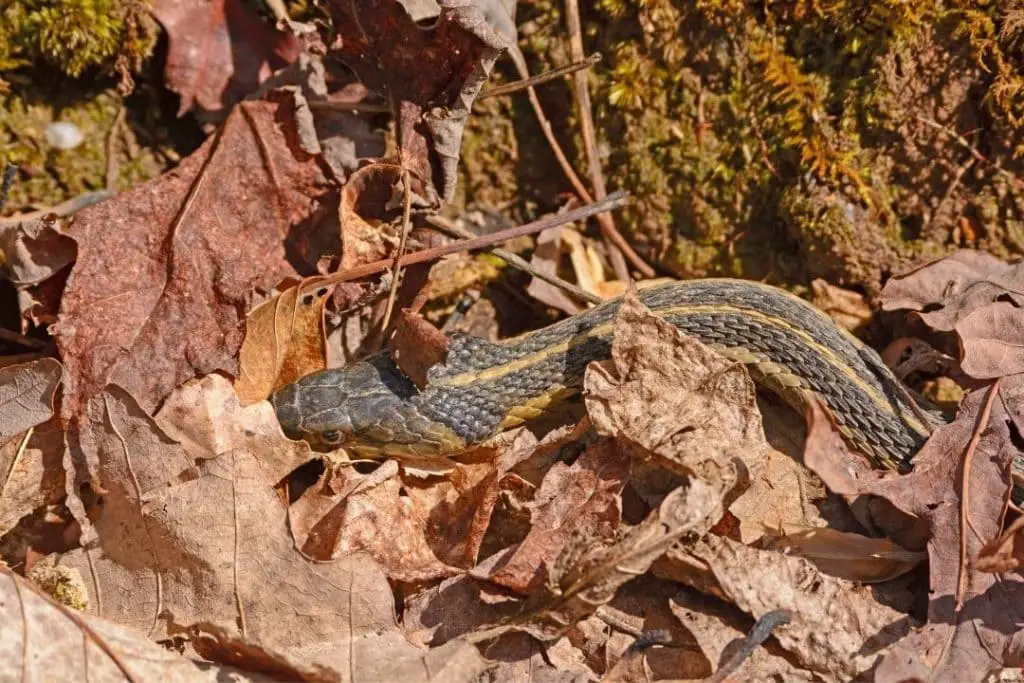
As you walk along your trail, be aware of where you put your feet. Following a clear path is the best way to avoid snakes and their homes.
Remember that most snakes will only bite you if they believe they are being threatened. Although you probably don’t intend to scare the animal, standing on or near their home will be a terrifying experience for them.
Keeping on the path will prevent you from causing this worry.
The same goes with your hands. If you need to hold onto a tree to help you balance as you climb a trail, have a good look at the bark before you rest your hands. Snakes have good camouflaging skills, and a quick glance might not reveal the animal you are about to touch.
Don’t Sit Down Where There Might Be Snakes
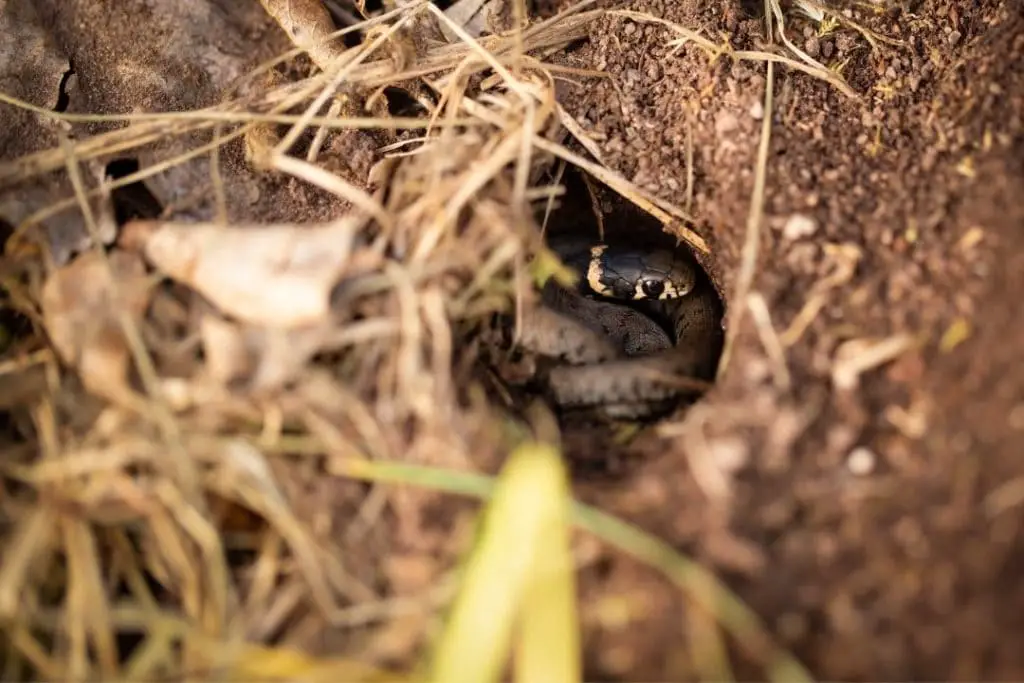
Before going on your trip, do an internet search to see where the local snakes are likely to nest or burrow.
Once you know what the common species do in your area, you can be sure to avoid these spots when you need to take a rest.
Using a stick to disturb the ground on your intended sitting area is a good way to test the waters. If a snake is in the grass, you could hear a hiss or see movement in the blades.
If this happens, back away from the area and find a new spot.
Do not try to locate the snake in question. It is better to be safe and avoid a location that only moved because of the wind, rather than search for more evidence, and get yourself bitten.
Do Not Attempt To Handle Snakes

As we mentioned before, you should not attempt to touch or move the snake. This will cause it to act in self-defense and launch an attack against you.
You may have seen people on the internet throwing snakes into the fields to keep them away, but this dangerous move could fail, creating panic in you and the confused animal.
Instead back away, and show the snake that you mean it no harm.
Take Extra Caution When Camping
Using the information you have already gathered from your internet search on snake locations, learn where to avoid setting up camp. Then be sure to erect a structure that will enclose you into a safe bubble.
This is so that snakes don’t enter your territory while you are sleeping.
Snakes are curious creatures, and they might attempt to bite you while you are sleeping. If you are in a tent and not sleeping in the open air, you will give yourself an extra layer of protection.
Slowly Back Away When You See A Snake
Walking slowly when you see a snake or any dangerous creature will prevent it from launching into “fight or flight” mode. If you move quickly, the animal may panic and attack you without realizing you are trying to leave.
Instead, try to stay calm and back away from the creature while still keeping an eye on it.
Although you might think that lowering your gaze will add to the less threatening appearance you are trying to make, it can be more dangerous to lose sight of the snake.
Instead, keep your eyes locked on the animal until you are a safe distance away from it.
Summary

If you know you are heading to a location where snake sightings are common, you should keep this advice with you. Either print off this information or bookmark the web page so you have it on hand in case of an emergency.
Although you might be unable to point out what type of venom a snake can produce, if you were bitten by a snake, it may be helpful to know how they function.
This way, you could connect the feelings of the venom with the visual of the snake, which in turn could help a doctor narrow down the right anti-venom medicine.
Remember, if you think a snake has bitten you, call an ambulance, clean the wound and keep the area lower than your heart.
